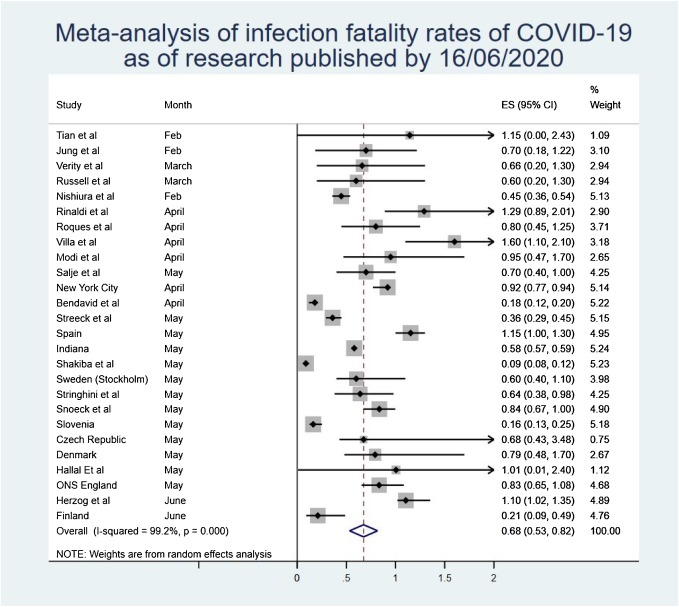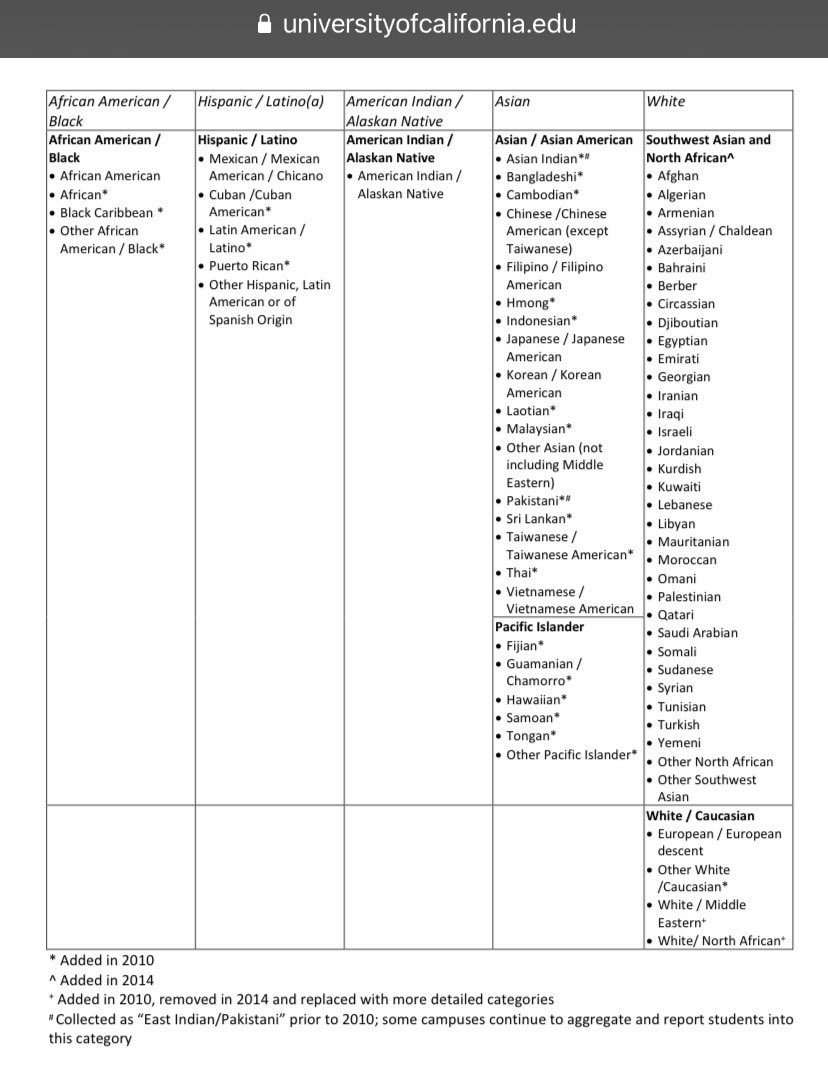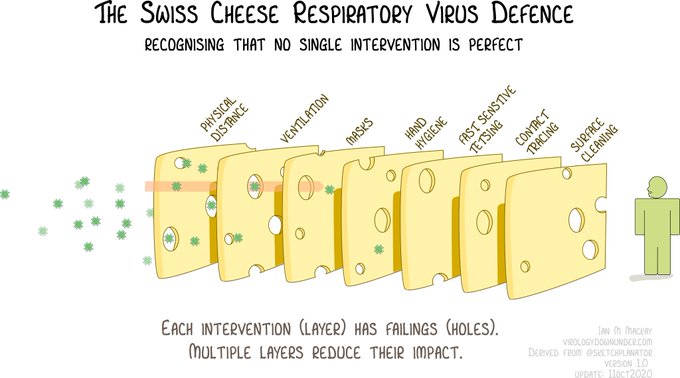
Some of the ideas and themes of my forthcoming book on the COVID-19 pandemic, APOLLO'S ARROW: THE PROFOUND AND ENDURING IMPACT OF CORONAVIRUS ON THE WAY WE LIVE, bit.ly/apollosarrow which is out on October 27 via @lbsparkbooks, have been sketched by a few essays I've done. 1/
On March 11, an argument in @washingtonpost about how the epidemic virus, while exploiting our social nature, would require the same social nature (including our capacity for cooperation and teaching) to combat it washingtonpost.com/opinions/2020/… (see Chapter 6 of #APOLLOSARROW) 2/
On August 10, an essay in @TheEconomist on innate qualities of SARS-CoV-2 that make it a tricky virus to combat, including its ‘dispersion parameter’ that yields super-spreader events and its asymptomatic transmission economist.com/by-invitation/… (see Chapter 2 of #APOLLOSARROW) 3/
On October 15, a study released by my lab that we described in @FiveThirtyEight that shows that, unexpectedly, gathering to vote in the 2020 USA primaries did not contribute to worsening of the pandemic fivethirtyeight.com/features/votin… (see Chapter 3 of #APOLLOSARROW) 4/
On October 17, an essay in @WSJ about three phases of the COVID19 pandemic: 1) '19-22, when we cope with biological impact; 2) '22-24, when we recover from socioeconomic shock; 3) after '24, when we return to normal. wsj.com/articles/the-l… (see Chapter 7 of #APOLLOSARROW) 5/
APOLLO'S ARROW: THE PROFOUND AND ENDURING IMPACT OF CORONAVIRUS ON THE WAY WE LIVE, bit.ly/apollosarrow is out on October 27 via @lbsparkbooks. It covers so much, including how the pandemic started, is going, and will end. #APOLLOSARROW 6/ 





• • •
Missing some Tweet in this thread? You can try to
force a refresh







